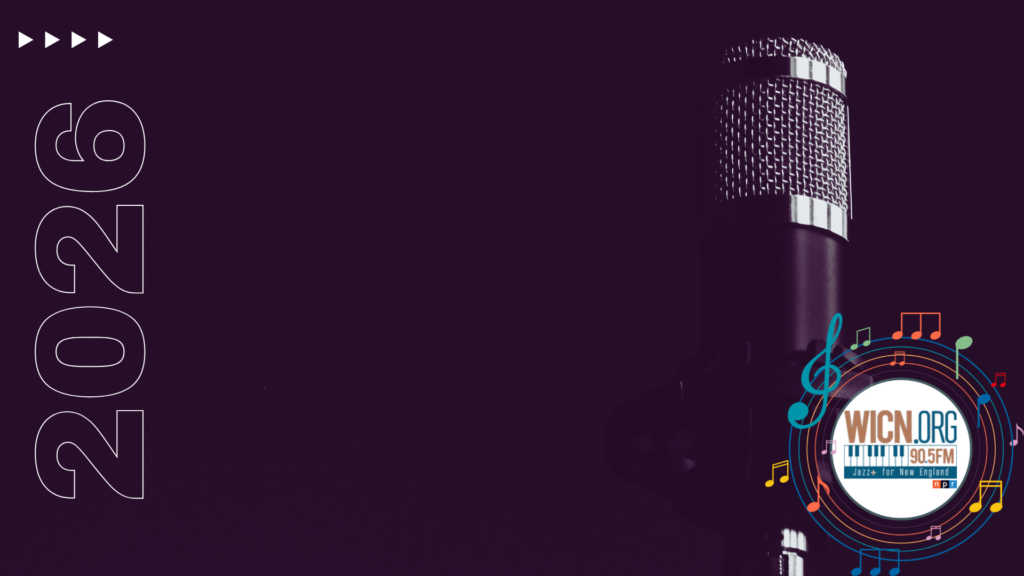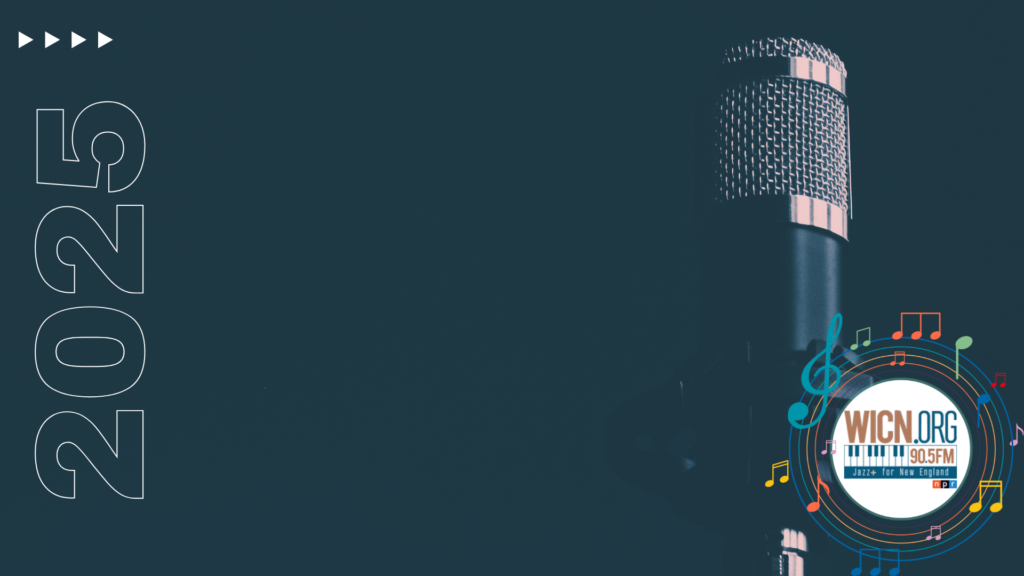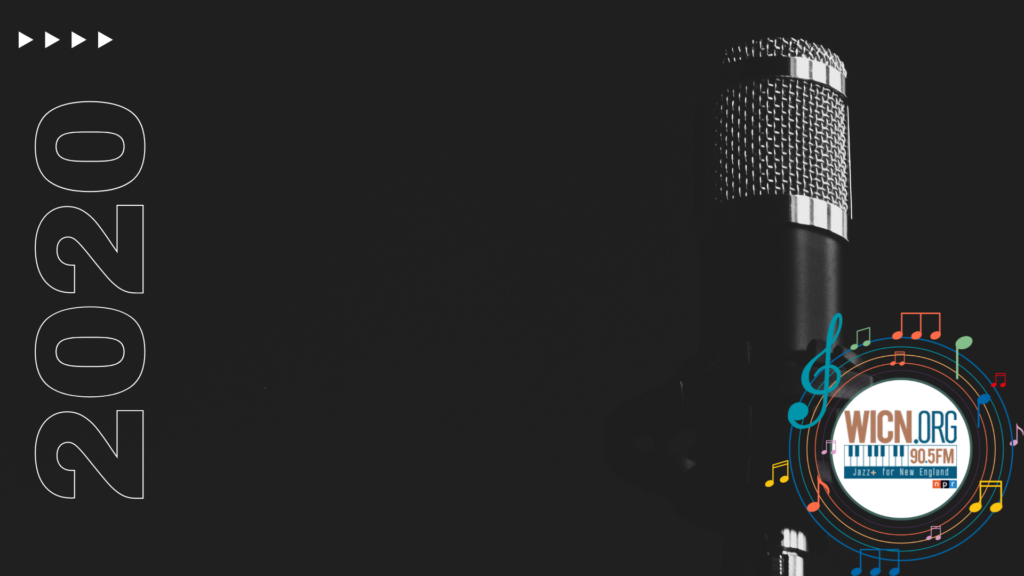Chick Corea – June 2020 Artist of the Month
Written by Emily Morrow on June 1, 2020
In 2020, we see Chick Corea as a Jazz veteran and a survivor. Shortly we’ll celebrate the 60th anniversary of his first recordings, and we’ve already enjoyed more than fifty years of Corea compositions as an author in the new standard songbook in Jazz.
Chick’s story started just down the road in Chelsea MA, where he attended public schools through high school graduation. (A Boston Symphony Hall concert last fall turned into a grand reunion with several old friends he’s known since the ‘40s!). Corea turns 79 this month, and he checks all points on the roster of Jazz birthdays. That is, to help us map an artist’s development, it can be helpful to build a ladder of “birthdays”—firsts in that person’s career. So, for Chick Corea, after the June 12, 1941 moment when he showed up on the planet, the next “birthday” is his debut appearance on record, in this case a 1962 LP with Mongo Santamaria. (We can even measure footnote “birthdays,” like the first time we can hear Corea on a recording of any sort: one contender is a talented youth band with Ray McKinney and Milford Graves that haunted the Latin scene in those years). In the 21st century, Corea has been a regular nominee for “best solo” Grammy for a specific improvised passage, so we’re interested as well in the landmark of the first time he takes a solo on a record. For Corea, as for many in Jazz, another “birthday” milestone indicates the first time a piece he wrote came out on a record; in this case, the 1964 recording of “Chick’s Tune” with trumpeter Blue Mitchell, who was one of the established Jazz figures to benefit from Chick Corea’s pianism as a sideman.
Cal Tjader was another bandleader who hired the young sideman, Montego Joe still another. You’re getting the idea: whether related to his Gemini birth sign or not, Chick Corea was important to multiple worlds of “post-bop” and Latin Jazz all at the same time. Fifty years ago, in the period between Woodstock and Watergate, Corea went from notable voice on the periphery to being one of the central shapers of Jazz. Let’s focus in on that stretch of time.
Corea’s first two official records as leader both came in 1968. Tones for Joan’s Bones summarized what Chick might do using the materials of the milieu of the 1960s. The other, trio project Now He Sings, Now He Sobs, went quickly to classic status as a cornerstone of what Chick Corea could do in a combination that included another Massachusetts veteran, Roy Haynes.
Just as he turned 27 years old, Chick was invited into the Miles Davis Group to replace Herbie Hancock at the keyboard. Davis was already convinced that electric piano was the way of the future. Chick preferred the acoustic, but obliged the boss’s wishes, and for most of two years was part of the keyboard team (alongside Keith Jarrett or Jo Zawinul) that helped to break the news to the world about jazz-rock fusion.
Corea left Davis’s sphere in 1970 and folded his artistry into the cooperative band called Circle, featuring fellow Miles-alumnus Dave Holland, drummer Barry Altschul, and the reedman/composer Anthony Braxton, who had recently uprooted from his avant-garde roots in Chicago. Circle made about eight LPs worth of music, most from gigs in Europe, Boston, and New York, and then disbanded in dramatically as the young artists of the group set off in different creative directions. We still look back on these Circle recordings as an extraordinary confluence of musical personalities, representative of the very powerful—but unstable—alloy of free jazz and fusion.
Alongside Circle, Corea recorded early masterpieces in the catalog of ECM records. One was Circle without a horn player, the album called A/R/C. One was ECM’s (and Corea’s) first solo record, Piano Improvisations, Volume 1. The third was a 1972 set of recordings called Return to Forever, featuring a new group of voices in Jazz fusion: bassist Stanley Clarke, the voice of Flora Purim, her fellow Brazilian percussionist Airto Moreira, saxophonist Joe Farrell, whose multiplex career unfolded parallel to Chick’s. The record’s name became the band name for their next record on the wider-known Polydor label, which officially launched Chick Corea as a household name, and Return to Forever as a leading voice in the Jazz/pop/rock/Brazilian fusion of the 1970s. Game on.
And there was still more. Another 1973 ECM recording, Crystal Silence, united Chick Corea and vibraphonist Gary Burton, for one further influential project. Like almost all of the above efforts, it inaugurated yet another direction that joined the folio of early successes that Chick revisited, recapitulated or developed through the ensuing decades.
So what was the magic touch that made these elements line up so well?
One obvious part is the Miles Davis Factor. On top of all his other strengths, Davis is widely seen as Jazz’s greatest talent scout. Davis as an organizer could perceive and develop real talent in his sidemen, who often entered his band as unknowns, and left to inaugurate their own careers. For Chick Corea, the 1969–70 stay with Davis was a strong catapult into prominence. But that is only part of the story.
The other part belongs to Chick Corea’s ingenuity as a composer. He had a quality of that pianist/composer Horace Silver had showed to earlier Jazz fans, and Monk before him, and Jelly Roll Morton a generation before that. Each generated a body of compositions that at once spoke to listeners as the embodiment of that era. The lines were straightforward and easy to adopt; they were brand new but seemed so profound and ‘right,’ as though they had existed forever. And for Chick Corea, as for earlier piano masters, his writing was artistically available to a wide field of jazz and pop listeners, even as it heralded his own distinctive style.
https://www.youtube.com/watch?v=H-627cGgHrA&list=PLFuxqdEP6LmicrJMwGyjKjFLrFj3nfX3i&index=15
Corea had signaled to us through the years that he inclined toward the long-form composition that we find in classical music. In the 21st century, he has exercised those inspirations to bring out several such magna opera, mostly in the concerto format.
Still another constituency fell in love with the late ‘80s sound of the Chick Corea Elektric Band:
Corea has lived the life of a successful artist, free to follow his muse and play what he hears.
He has been consistently adored by fans, respected by peers, and supported by the music’s institutions—even at the federal government level.
Through it all, Chick Corea has remained true to his own vision and humble in understanding. That sprit comes through in his reactions in a 2006 interview to commemorates his nomination as an NEA Jazz Master, held right here in Worcester at the Jazz History Database, which is also home to other important resources for understanding Chick Corea.
Jazz Master, indeed. Among his latest projects is the Trilogy Trio that recorded and toured with Brian Blade on drums and Christian McBride on the bass. You know those sounds from their heavy circulation as a new release last year. He’s done it again with new music whose value endures beyond the time when it’s “new.”
Long live Chick Corea!


